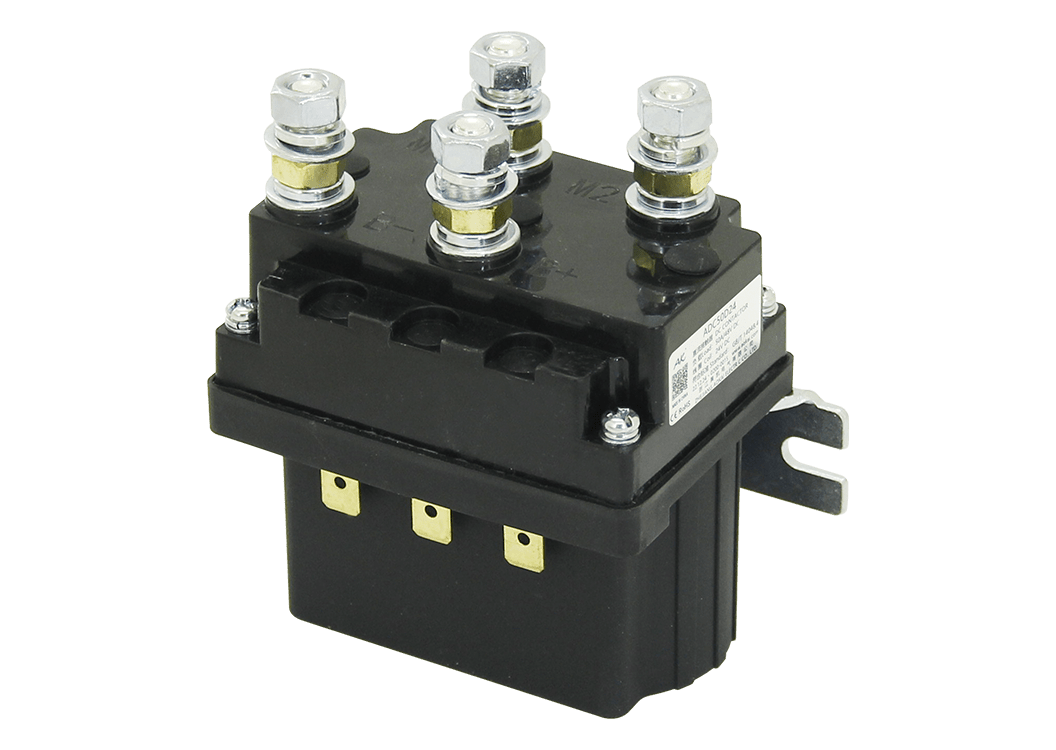- Home
- Product
- Solution
- About
- Download
- Glossary
- News
- Contact Us
- language

DC contactors: an innovation in the power sector

The field of power transmission and control has been in a constant search for more efficient and reliable technologies to meet growing demands. In this quest, the DC contactor has become a highly regarded technology that brings new opportunities and challenges to the power system. This paper will explore the fundamentals, application areas, and impact of DC contactors on the power industry.

A DC contactor is an electrical device used to establish or interrupt the flow of current in a DC circuit. It works similarly to an AC relay, but DC contactors must deal with special challenges in DC circuits. In AC circuits, the current changes direction periodically, whereas in DC circuits the direction of the current generally remains constant, requiring DC contactors to be more wear-resistant and reliable.

A DC contactor usually consists of an electromagnetic coil and a movable contact. When the solenoid coil is energized, it produces a magnetic field that attracts the contacts, thus closing the circuit. When the current is disconnected, the magnetic field of the electromagnetic coil weakens and the contact opens, interrupting the circuit. This mechanism makes the DC contactor a key component in power systems for controlling current, distributing power and enabling automation control.

DC contactors have a wide range of applications in the power industry. A major application is in DC power transmission systems such as High Voltage Direct Current Transmission (HVDC) systems, which are used to transmit power over long distances to minimize transmission losses. DC contactors are used in HVDC systems to control current flow and adjust power distribution to improve system efficiency and reliability.

In addition, DC contactors are widely used in industrial automation and control systems. They are used to control motors, switching circuits and safety systems. Due to their fast response and high reliability, DC contactors play an irreplaceable role in industrial production.
However, despite the numerous advantages of DC contactors in the power industry, there are some challenges. One of these is the problem of wear and oxidation. In DC circuits, the current is generally uninterrupted, which means that the contacts of a contactor will continue to wear out over a long period of time, leading to degradation of performance. Additionally, oxidation may also affect the connection performance of the contacts. Therefore, it is vital to maintain and regularly inspect DC contactors.
In addition, DC contactors need to be designed and manufactured with arc management in mind. Arcing is the sparking that occurs when a contact opens or closes and can lead to contact wear and equipment damage. Therefore, DC contactors must be designed with arc suppression to ensure equipment reliability and safety.
